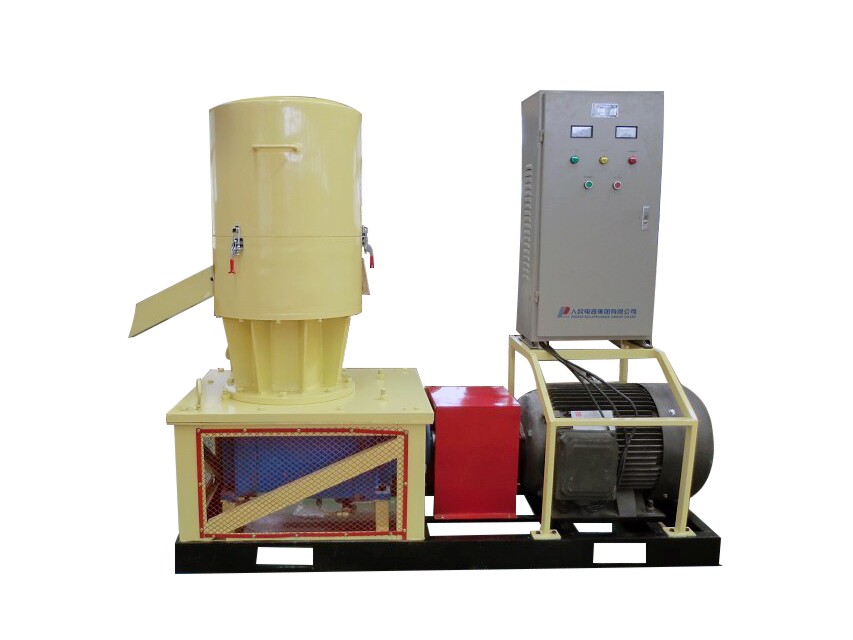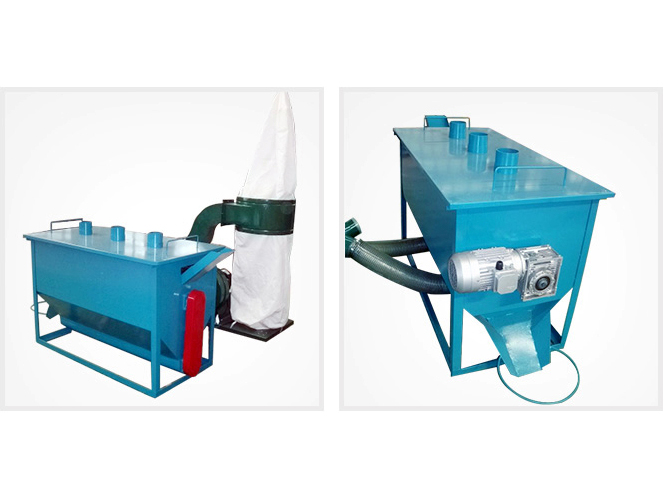
How do you make wood pellets?
With the development of economy and society, people need more and more energy in daily life. Because the traditional energy like oil and gas, is non-renewable, making full use of renewable energy is more and more necessary and important. As it is known to us, biomass energy is a good choice for the daily heating and home cooking. As the source of biomass energy contains various materials, such as: wood chips, sawdust, grass, bagasse, branches, leaves, agricultural residuals and forest wastes. Therefore, biomass energy is easy and cheap to collect, and more beneficial in return. To make the biomass energy release energy completely, it is usually made into pellets.
And wood pellets are a common type of biomass. Biomass is any biological material that can be used as fuel—including grass, corn, wood, and biogas as well as other forestry and agricultural residues.
With the price of fossil fuel rising, the biomass fuel that has gained national attention is wood pellets. Wood pellets are compressed by-products from the forest products industry, often woodchips and sawdust. They are a locally available and a cost-effective heating fuel with several advantages over other types of biomass. Wood pellets are a condensed uniformly sized form of biomass energy, making them easier to store and use than many other biomass fuels. Pellet heating technology is also quite simple, minimizing operation and maintenance requirements. These heating systems can be easy to plan for and install and can save a building owner thousands of dollars in energy costs over time while providing significant local economic and environmental benefits.
Why make wood pellets?
1. From the Energy PerspectiveWith the price of fossil fuel rising, the biomass fuel that has gained national attention is wood pellets. Wood pellets are compressed by-products from the forest products industry, often woodchips and sawdust. They are a locally available and a cost-effective heating fuel with several advantages over other types of biomass. Wood pellets are a condensed uniformly sized form of biomass energy, making them easier to store and use than many other biomass fuels. Pellet heating technology is also quite simple, minimizing operation and maintenance requirements. These heating systems can be easy to plan for and install and can save a building owner thousands of dollars in energy costs over time while providing significant local economic and environmental benefits.
Wood pellets have higher density, thus offering more lasting energy. Below is the specific comparison between green chips and wood pellets:
Energy Density:
----Green chips 85,000 Btu / cu ft
-----Wood Pellets 360,000 Btu / cu ft
One third the delivery trucks
One fourth the storage space
And the wood pellets are flowable and easier and convenient for transportation and storage. Besides, wood pellets are clean and green. And they enjoy consistent combustion and higher efficiency.
2. Wide Application of Wood Pellets
As the consumption of biomass energy is gradually increasing, wood pellets have wider and wider application. Wood pellets are widely used in home heating and cooking, industrial boilers, and horse stables, etc.


In the United States, there are currently about 800,000 homes using wood pellet stoves or furnaces for heating, according to the Pellet Fuels Institute. Wood pellets are manufactured in the US and Canada, and are available for residential use in 40-pound bags from feed stores, nurseries, and other supply outlets. Increasingly, heating with wood pellets is becoming common on larger scales—in municipal or federal buildings, educational facilities, housing complexes, office buildings, and other businesses. While the majority of installations of this size are in Europe, a growing number are in North America, including New England. The greater heating requirements of these larger buildings differ from those of residential settings, thus requiring different technology (boilers rather than stoves) and fuel supply infrastructure (bulk wood pellet supply rather than bags).


In the United States, there are currently about 800,000 homes using wood pellet stoves or furnaces for heating, according to the Pellet Fuels Institute. Wood pellets are manufactured in the US and Canada, and are available for residential use in 40-pound bags from feed stores, nurseries, and other supply outlets. Increasingly, heating with wood pellets is becoming common on larger scales—in municipal or federal buildings, educational facilities, housing complexes, office buildings, and other businesses. While the majority of installations of this size are in Europe, a growing number are in North America, including New England. The greater heating requirements of these larger buildings differ from those of residential settings, thus requiring different technology (boilers rather than stoves) and fuel supply infrastructure (bulk wood pellet supply rather than bags).
How do you make wood pellets?
As making wood pellets is very necessary, then how to make wood pellets? For the industrial wood pellets production line, usually the large scale, it needs large investment. For the small scale of pellets production, a mobile pellet mill plant is enough. The mobile pellet plant needs less space, and one person is enough to operate the machine, and it contains all the necessary equipment you need for making wood pellets. If the simpler the better is what you think, then you can just buy a hammer mill and a small wood pellet mill for home use. The hammer mill is used to pulverize your biomass raw materials, and the pellet mill is for making wood pellets.
Strictly speaking, making wood pellets generally contains the following process:
- Crushing: Crushing is the first step in wood pellets making, and the machines that are necessary are wood chipper and hammer mill. Wood chipper is to crush the raw materials (except sawdust) into wood chips, and hammer mill is to pulverize the raw material with diameter less than 50mm into small powders with the diameter of 2-3mm.
- Heating: In heating process, rotary dryer is needed to make sure that the moisture content of raw material is proper, usually less than 15%.
- Pelletizing: This is the process that wood pellets are made by the wood pellet mill. And the wood pellet mill can be divided into two main groups: flat die pellet mill and ring die pellet mill. The former is usually for home and individual uses, while the latter is for the industrial and factory use.
- Cooling: The just made wood pellets usually have high temperature when they leave the pellet mill. Though in transportation, their temperature can low a little. For the safe storage, a cooler is necessary to reduce the temperature of wood pellets.
- Packaging: Packing is the last process in the wood pellets making line. Packaging machine is needed to pack pellets and sale them well.
Transporting: Of course, transporting is needed almost everywhere, especially in the large scale wood pellets production line. The raw material needs to be transported into the wood pellet mill. Wood pellets need to be transported into the cooler for cooling, and then to the packaging machine for packing.
If you want to make wood pellets, you can start with a small wood pellet mill for home use as trial. If you are familiar and want to start small scale wood pellets business, you can start with the mobile wood pellet mill plant. And if you have made enough research and decided to invest large scale wood pellets production, then you need to contact with the professional pellet mill manufacturer and supplier for their suggestion and special customized solution designed for you.



